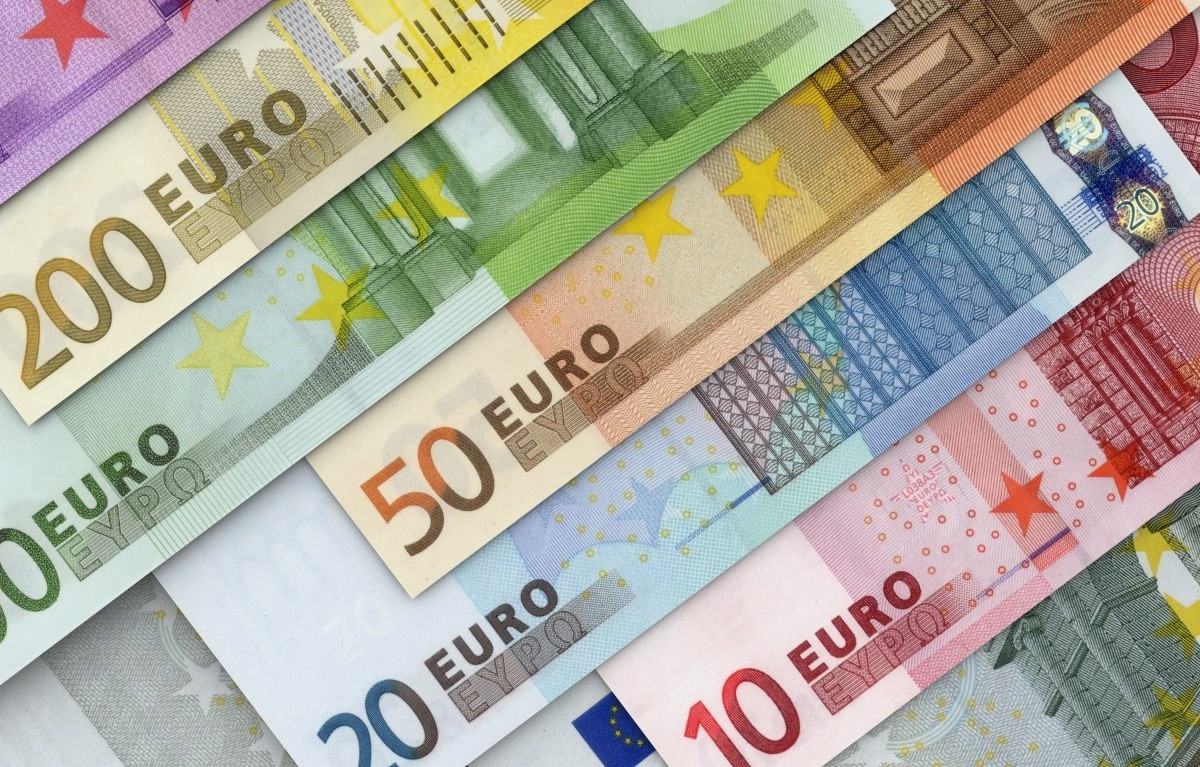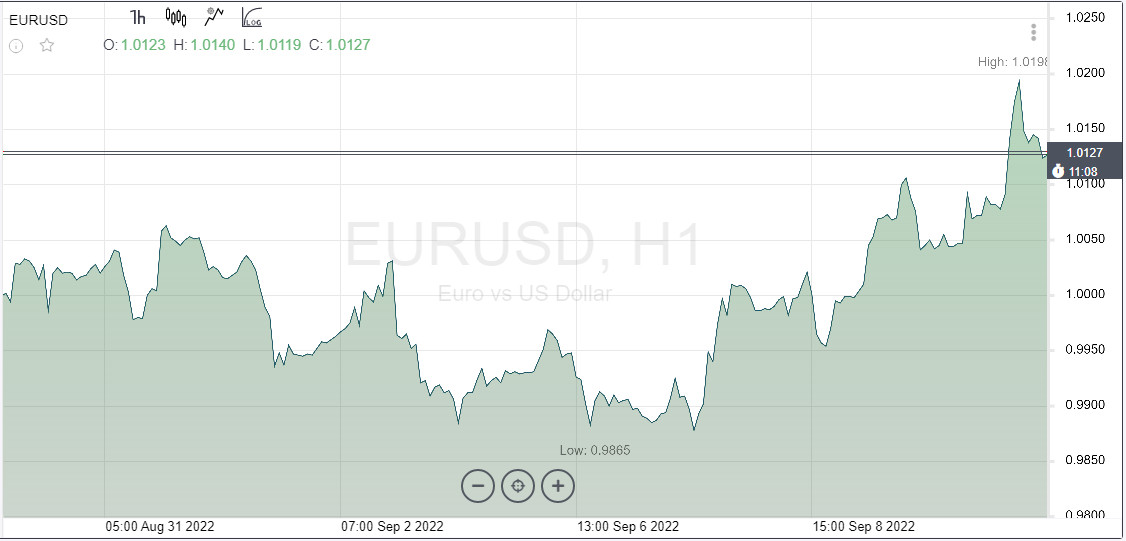
The euro started the new week cheerfully, but will it be able to continue the positive dynamics or at least stay on the set trajectory above parity?
There are chances, while you can count on a nascent recovery in the coming days under certain conditions or a combination of factors. First of all, these are US inflation data, the release of which is scheduled for Tuesday. The EUR/USD pair, therefore, will need to pass the test of US statistics that directly affect monetary policy.
Now the euro is supported by the hawkish comments of the European Central Bank. On Sunday, it was reported that members of the central bank see a growing risk of raising rates to 2% or more. This is the only way to bring inflation back to the 2% target in the coming years.
The information appeared just a few days after the ECB raised the rate by the maximum amount in the history of the monetary union. Recall that the negative rate has been increased to 0.75%, although it has brought practically no benefit to the single currency. The steps of the central bank came late.
However, now you can start looking at the euro in a different way. The central banks of the Big Ten countries are now closer to the scale of the Federal Reserve's tightening. Moreover, the ECB has given a clear signal for further rate hikes.
The huge problem with energy resources has not gone away, but as soon as even the most insignificant changes for the better appear here, traders will get a risk-friendly combination and a more bearish one for the dollar.
Another factor contributing to the euro's growth may be another news component. The Russian-Ukrainian conflict may get bogged down in a special quagmire after the Russian armed forces suffered defeats near the second largest Ukrainian city of Kharkiv.
Now there is a lot of speculation, opinions and arguments on this topic, but it is still unclear what will actually happen next. Therefore, in the short term, traders will still focus on more real factors, namely, inflation in the United States. All currencies will be sensitive to this data.
The indicator may influence the Fed's opinion ahead of the interest rate meeting next week. A weaker-than-expected report is likely to revive rumors that the Fed will raise the rate by only 50 basis points in September. At the moment, the markets are waiting for the rate to rise by 75 basis points with a probability of 87%.
Meanwhile, the consensus forecast assumes a slowdown in August inflation to 8.1% from July's 8.5%.
"On Friday, Fed member Christopher Waller stressed that 4% would be a good result for the beginning of the year, and this suggests that inflation will slow down. He recalled the quarterly economic forecasts of the central bank, which assumed that the base PCE would fall to 4.3% in annual terms by the end of the year," ING comments.
The decline in gasoline prices should lead to a pullback in the overall consumer price index. At the same time, core inflation will still continue to grow, analysts say. Therefore, they tend to believe that the dollar's recovery will resume later this week.
Inflation in the US has slowed down in recent months, but not enough to turn the Fed off track in the near future. In addition, all the recent comments by American financial politicians indicate that the rate-setters have become more aggressive in recent weeks, not less.

The euro rose and tested an important mark around 1.0145 at the beginning of European trading on Monday. On a wave of optimism, bulls pushed the EUR/USD pair to 1.0200. It was not possible to stay at this height, but this does not mean that there will be a pullback of the quote again and it will fall below parity. The ECB seems to have learned the lesson and understand that it is necessary to follow the beaten path of the Fed in raising rates.
A breakthrough above 1.0200 will open the way to new higher levels. Euro traders will have the opportunity to test the high on August 10 near 1.0370.
As for the dollar, it starts the week with a negative. The US currency index briefly fell on Monday to multi-week lows below the 108.00 mark.
Despite the weakness, the short-term outlook for the dollar remains bullish. It will be as long as the index is trading above 106.10. If the bears' pressure increases, then a potential test of the weekly low of 107.58, then 107.25, may appear on the horizon.





















